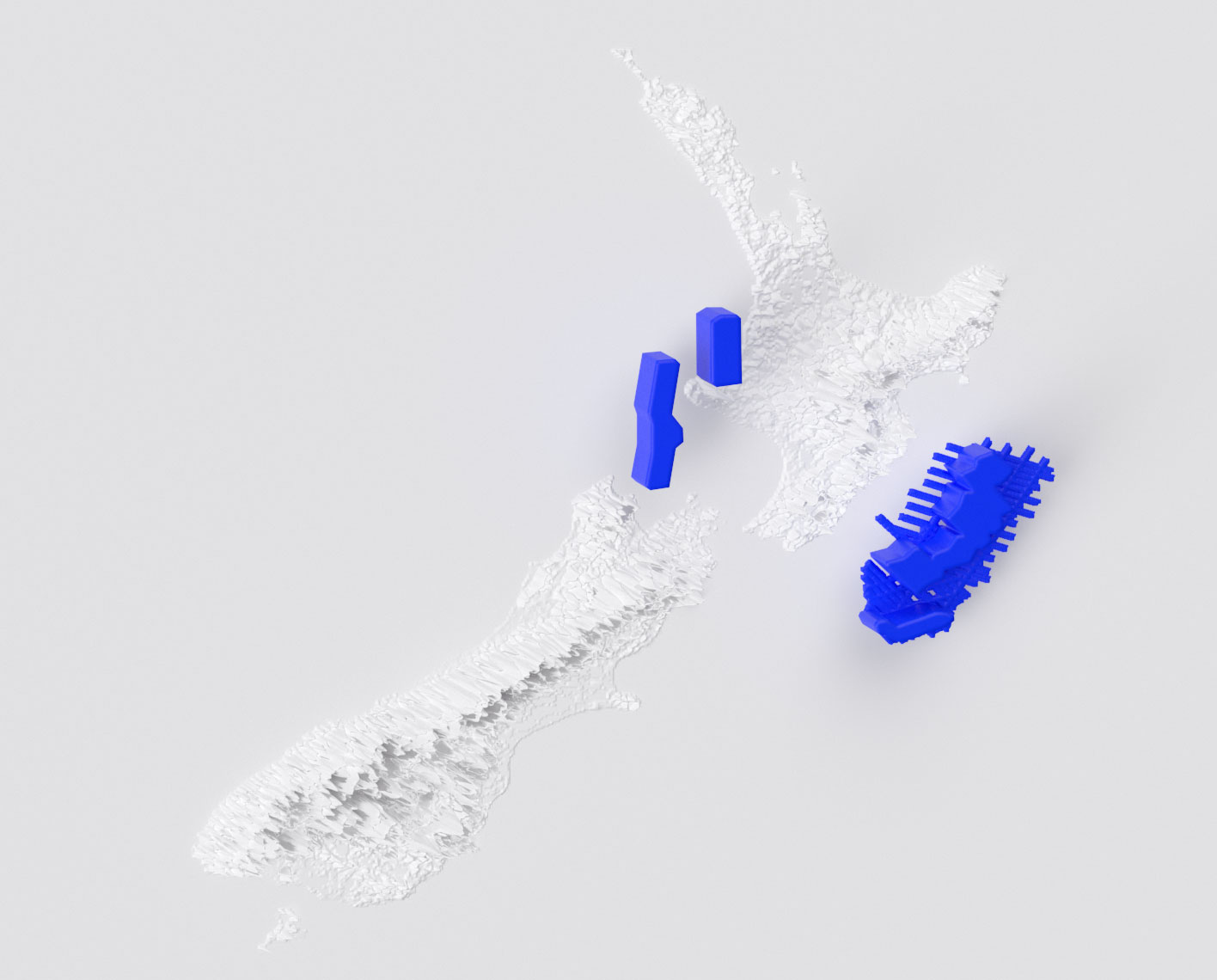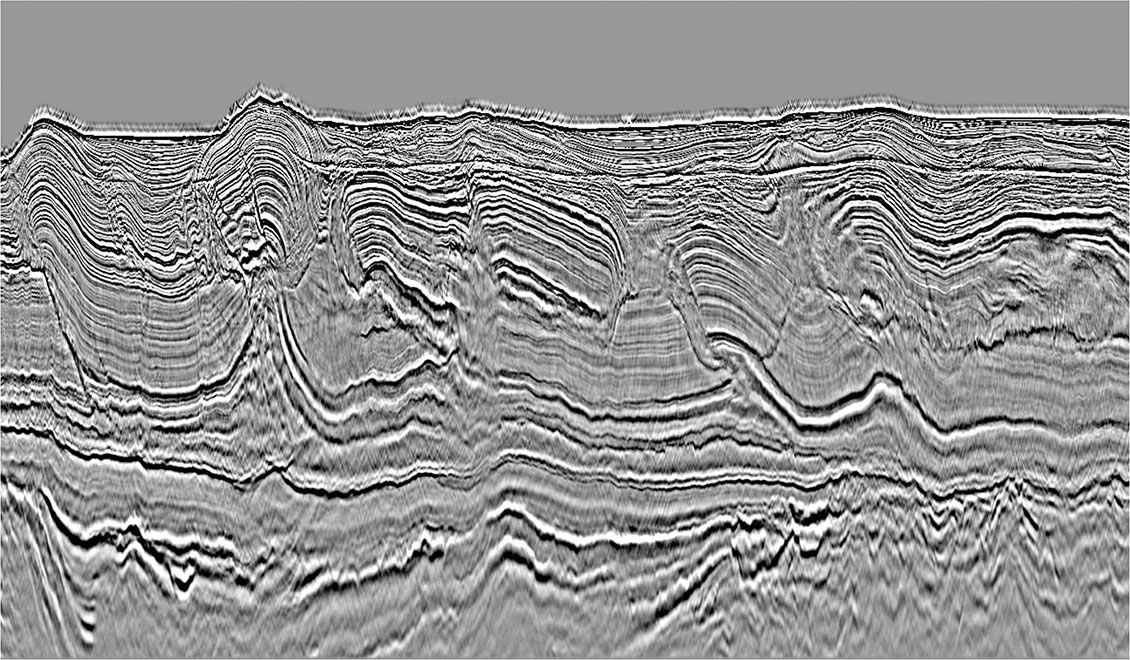Improve regional geologic understanding and reduce drilling risk in this proven oil and gas province.
New Zealand reopens for oil and gas exploration
Published: 10/08/2025

New Zealand reopens for oil and gas exploration
Published: 10/08/2025

A new era for energy: opportunities in New Zealand’s oil and gas exploration
The reopening of New Zealand’s oil and gas sector marks a pivotal moment in global exploration. With the reversal of the 2018 ban on new acreage access New Zealand is not just reopening for business—it’s offering a modernized framework, attracting global attention, and offering one of the most significant exploration opportunities seen in recent years.
Driven by increasing domestic energy demands and a pragmatic recognition of hydrocarbons’ role in the energy transition, New Zealand is embracing a more open and investor-friendly approach. Through New Zealand Petroleum and Minerals (NZP&M), companies can now apply for exploration permits across the country’s extensive onshore and offshore basins.
Under this new framework, applications are accepted on an open-market basis. Once a bid is submitted, the industry will be notified and given a three-month window to submit counteroffers. This unrestricted model is designed to attract global explorers back to New Zealand, empowering them to target high-potential areas with significant development upside.
New Zealand remains a frontier rich in opportunity. With proven hydrocarbon systems, existing production infrastructure, one of the world’s largest exclusive economic zones (EEZs), and a comprehensive subsurface data library, the country is uniquely positioned to become a future exploration hotspot.
Taranaki: New Zealand’s oil and gas heartland
The Taranaki Basin is the birthplace of New Zealand’s oil and gas industry, with exploration dating back to the 19th century. Today, it remains the country’s production heartland, hosting mature oil fields such as McKee, Maari, and Tui, alongside prolific gas producers like Maui and Kapuni.
Stretching both onshore and offshore along the western margin of the North Island, the basin offers a diverse range of play types. Discoveries have been made across multiple reservoir intervals from Paleogene transgressive shoreface clastics to Miocene deepwater turbidites, demonstrating the basin’s stratigraphic richness.
The petroleum system is underpinned by several mature source rocks, including marine black shales of the Late Paleocene Waipawa Formation and coal-bearing sequences from the Late Cretaceous to Paleogene. This combination of proven reservoirs and active source rocks makes the Taranaki Basin a prime candidate for infrastructure-led exploration (ILX), leveraging existing facilities to reduce development timelines and costs.
Despite its maturity, frontier opportunities remain. Notably, no wells have yet tested the extension of petroleum systems beyond the continental shelf, leaving significant upside for explorers willing to push the boundaries of the basin’s known potential.
East Coast Basins: a frontier of untapped potential
Among New Zealand’s most geologically compelling regions are the East Coast basins, including the Pegasus Basin, which are shaped by the dynamic tectonics of Miocene subduction along the eastern margin of the North Island. This convergent margin has driven complex basin evolution, resulting in a rich structural framework dominated by thrust-sheet-related anticlines and four-way closures, prime targets for hydrocarbon entrapment.
The uplift of the North Island hinterland, associated with ongoing subduction, has led to extensive erosion and sediment transport into offshore depocentres. These marine basins are now filled with thick Neogene turbidite sequences, providing both reservoir potential and the burial depth necessary for hydrocarbon generation and expulsion.
Exploration interest is further supported by amplitude anomalies, turbiditic accumulations, and widespread gas hydrate occurrences. All three offshore wells drilled in the East Coast Basin have encountered gas shows, underscoring the petroleum system's activity and the area's untapped potential.
With its combination of structural complexity, sedimentary richness, and proven hydrocarbon indicators, the East Coast region stands out as a high-impact exploration frontier within New Zealand’s reopened energy landscape.

SLB data: driving exploration with advanced insights
Supporting exploration efforts across both the Taranaki and East Coast basins is the exploration data team from SLB, which has maintained a long-standing commitment to New Zealand’s energy sector. SLB has assembled an extensive seismic library, comprising over 28,000 km² of 3D data and 5,000 km of 2D seismic coverage across key exploration provinces.
These modern, long-offset datasets incorporate advanced broadband processing and depth model building, delivering exceptional image clarity and subsurface resolution. This enables explorers to conduct robust prospect evaluations, de-risk drilling decisions, and unlock new play concepts in both mature and frontier areas.
To expediate technical evaluations and support confident bidding decisions SLB has combined our extensive data library with over one terabyte of public New Zealand data in a country wide ‘ready-to-explore Petrel™ subsurface software package. This package enables immediate data evaluation and integration, negating the need for time consuming, cumbersome data loading and enabling rapid, informed analysis of New Zealand’s offshore petroleum systems.
With SLB seismic data as a foundation, companies are well-positioned to capitalize on New Zealand’s reopened acreage combining proven geological potential with cutting-edge imaging to drive the next wave of exploration success.
Now that access has been reinstated, explorers have a rare chance to tap into New Zealand’s vast and underexplored petroleum systems. The door is open it's time to rediscover New Zealand.
Don’t miss the chance to be part of this transformative moment in global energy, find out more here.

David Barlass
Exploration Lead - APG
David Barlass is a geoscientist specializing in seismic interpretation and basin assessment. As exploration lead with SLB, based in Australia, he currently leads exploration and carbon storage screening assessments for the multiclient team. David has broad international experience working across numerous basins and geological regimes in Asia, Europe and Africa. He holds a BSc in geology from the University of Edinburgh and an MSc in structural geology with geophysics from the University of Leeds.
